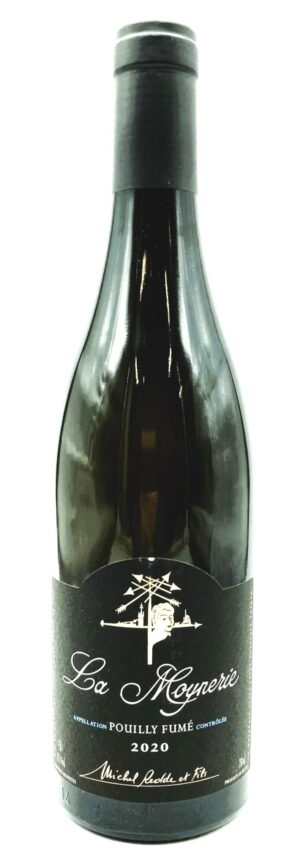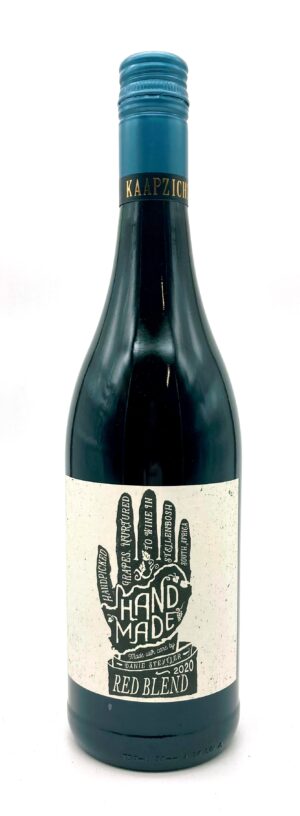n 1993 Paul Boutinot commenced his search for a vineyard site with the potential to produce truly fine wine with a defining sense of origin. The classic areas, capable of growing naturally balanced grapes such as the Cote d’Or, Chablis, Paulliac, Barolo, etc. were either unavailable or unattainable (rich men’s toys), so he had to find a new classic. It took ten years to narrow the search down to a small area on the south-facing slopes of the Schapenberg, overlooking False Bay in the Cape. As soon as he was led up a steep ravine opening out into a hidden amphitheatre of potential, all his experience and intuition told him: THIS IS IT! Waterkloof was born, and the hard work began.
Schapenberg (Afikaans for ‘Sheep Mountain’) nestles almost in the centre of the embrace of the Hottentots-Holland and Helderberg mountains. Its highest point is 300 metres above sea level and a scant four kilometres from the False Bay coast.
It used to be the hill where former Cape Colony Governor Willem Adriaan van der Stel grazed his sheep, but it was also his lookout post to identify visiting ships, allowing him to race into town and sell his produce before the competition could. These days however, more and more vineyards are being planted in the area, already known as being the coolest in the Stellenbosch wine growing region.
Although grapes were planted on Waterkloof since the early 1970s, the production of fine wines originated when the farm was planted, with some of the best material available, in the mid-1990s. Paul Boutinot took over the property just before the 2004 harvest, but the first vintage bottled under the Waterkloof name was from the 2005 harvest.
Soon after, Paul was joined by Cellarmaster Werner Engelbrecht and Farm Manager Christiaan Loots and following the wisdom of the Old World experience and soil surveys, they determined which varieties, rootstocks and trellis systems to use. A major new planting and replanting exercise was completed by 2008, with vineyard now covering 53 hectares of the 100 hectare farm.
From the outset, it was decided that the other half of the farm should be set aside to preserve the rare and abundant natural vegetation, fauna and flora (fynbos) situated on the property and in May 2008, Waterkloof was awarded Champion Status by the World Wildlife Fund’s Biodiversity & Wine Initiative, for its enterprising endeavours in this regard (click here to find out more).
Following logically from these efforts, and as a result of Paul’s experience visiting vineyards and tasting from a range of biodynamic & organic wine producers around the world, it was then decided in 2008 to begin the conversion of Waterkloof to a fully-fledged organic farm with integrated biological farming.
Finally, in 2009 a state-of-the-art gravitational cellar, tasting room and restaurant was constructed on the Schapenberg and Waterkloof began exporting its unique wines around the world.
.
|







Reviews
There are no reviews yet.